Dinosaurs have fascinated scientists and the general public alike since their bones were first unearthed centuries ago. These ancient reptiles once roamed our planet, leaving an indelible mark on the earth’s history. Over the years, numerous groundbreaking discoveries have broadened our understanding of these magnificent creatures. This article delves into ten pivotal dinosaur discoveries that have reshaped our comprehension of prehistory, offering a window into a world that existed millions of years before humans walked the earth.
1. The First Dinosaur Fossil Recognized
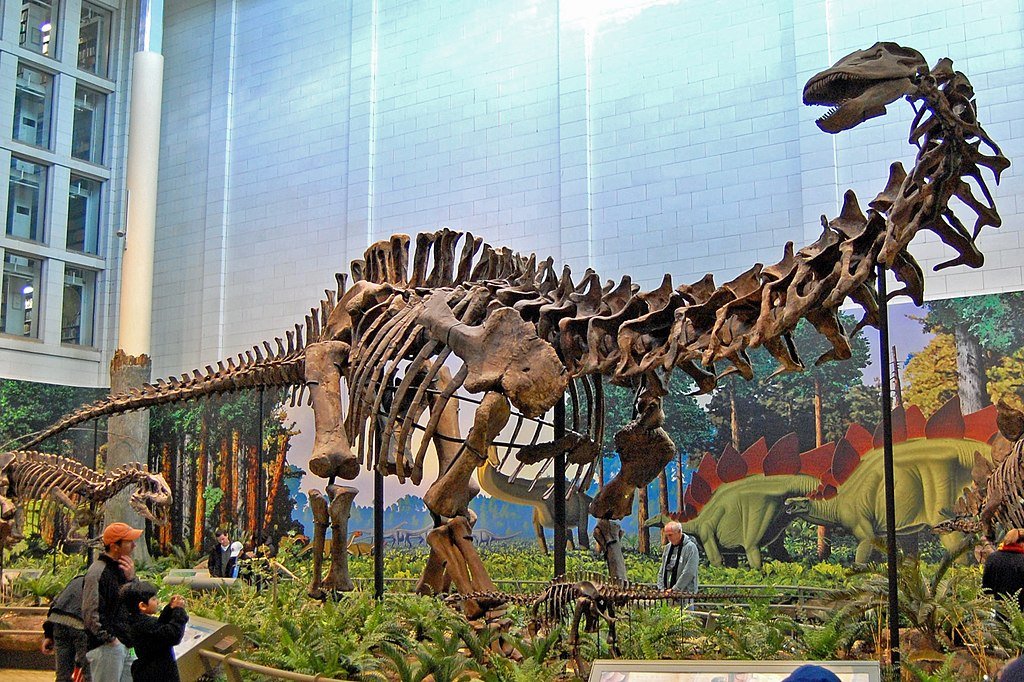
The journey into the world of dinosaurs began with the discovery of the first dinosaur fossil in 1677. Although initially mistaken for the bones of a giant human, it wasn’t until 1824 that William Buckland, an English geologist, correctly identified the fossil as a Megalosaurus. This marked the beginning of paleontology as a science, bridging the gap between extinct creatures and modern-day understanding.
2. The Discovery of Iguanodon
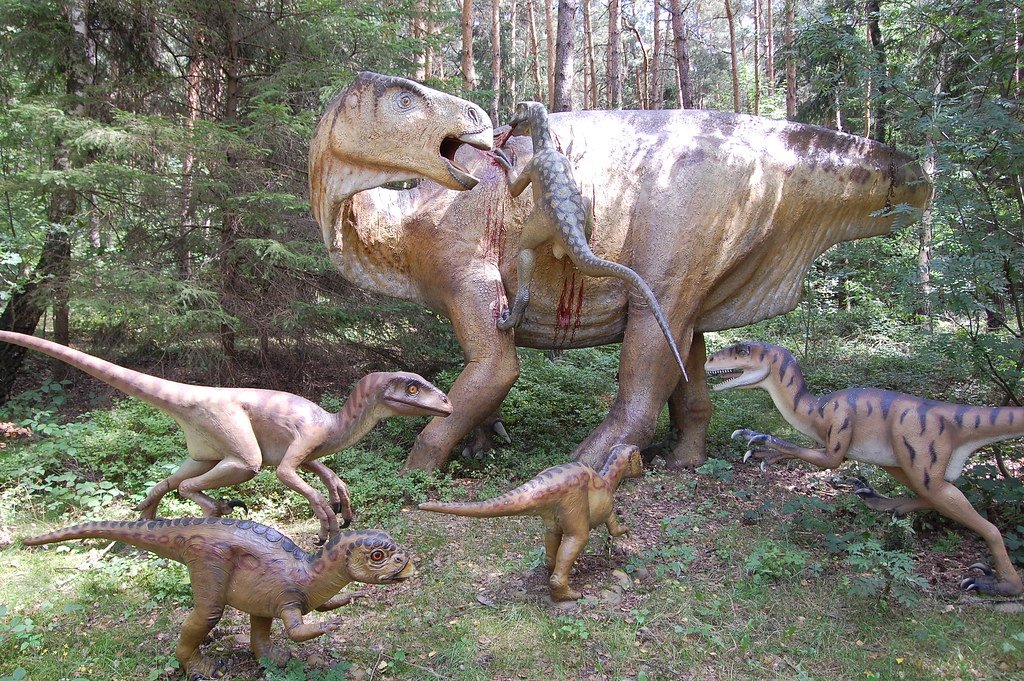
In 1825, the discovery of Iguanodon fossils by Gideon Mantell dramatically advanced our knowledge about herbivorous dinosaurs. Unlike Megalosaurus, which pointed to carnivorous traits, Iguanodon showcased the existence of peaceful, plant-eating giants, highlighting the diversity in dinosaur diets and lifestyles. This set the stage for understanding complex dinosaur communities and ecosystems.
3. Unveiling the Dinosaur Renaissance

The mid-20th century saw a resurgence in dinosaur research, famously termed the “Dinosaur Renaissance.” This was primarily driven by the discovery of Deinonychus in the 1960s by John H. Ostrom. Its agile form, claws, and possible endothermic metabolism suggested that dinosaurs were more bird-like than the cold-blooded reptiles they were once believed to be. This sparked a paradigm shift, leading scientists to re-evaluate their position within the tree of life.
4. The Connection to Birds

Continuing the lineage from the Dinosaur Renaissance, the link between birds and dinosaurs was solidified through the discovery of Archaeopteryx in the late 19th century. While known for its bird-like attributes, such as feathers, it was only in the 1990s and early 2000s that fossil finds in China showed intricate feather detail in non-avian dinosaurs like Velociraptor and Microraptor. These discoveries confirmed that modern birds are the direct descendants of theropod dinosaurs.
5. Sue the T. Rex
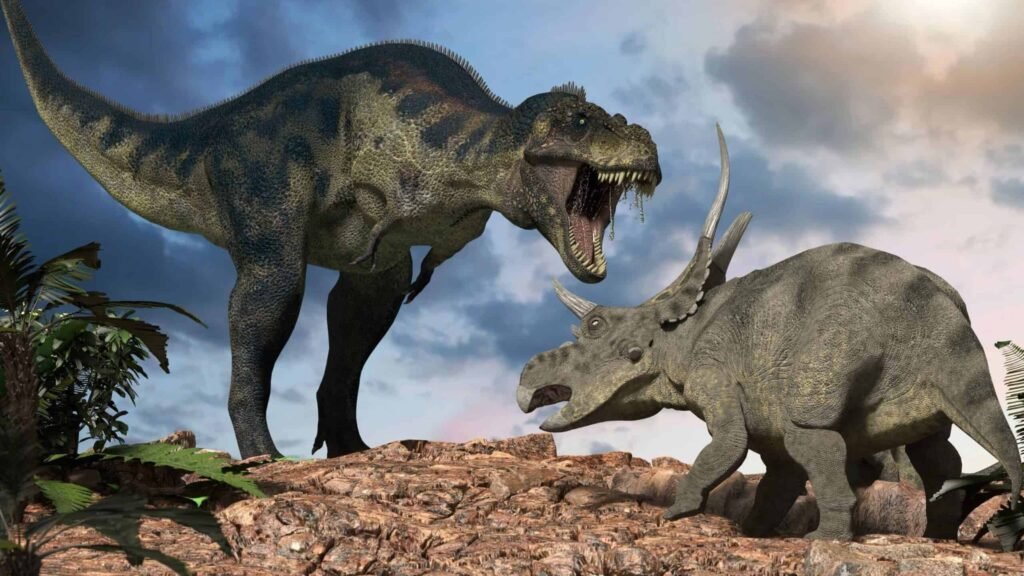
The unearthing of Sue the T. Rex in 1990 by fossil hunter Sue Hendrickson in South Dakota provided the most complete and well-preserved skeleton of a Tyrannosaurus rex to date. Studying Sue has allowed scientists to gather invaluable data on the T. rex’s anatomy, growth, and life cycle, offering insights into the behavior and biology of one of history’s most formidable predators.
6. The Discoveries in Patagonia

Patagonia, a region rich in fossil deposits, has been home to many remarkable discoveries, including some of the largest dinosaurs ever found. Argentinosaurus and Dreadnoughtus, two colossal sauropods, emphasized the sheer scale and diversity of dinosaur life. These titanic creatures have pushed scientists to reconsider physiological limits, prompting further study into the ecological and biomechanical dynamics required to support such enormous forms.
7. Feathered Dinosaurs of Liaoning

The Liaoning Province in China has yielded some of the most significant feathered dinosaur discoveries to date. In the 1990s, the unearthing of well-preserved fossils like Sinosauropteryx and Caudipteryx shifted perceptions about the evolution of feathers. It suggested feathers were initially evolutionary adaptations for insulation or display, not flight, underscoring the complexity of dinosaur evolution.
8. Evidence of Dinosaur Parental Care

In the 1970s, Jack Horner’s discovery of Maiasaura in Montana provided the first substantive evidence of dinosaur parenting. Fossilized nests, eggs, and juvenile dinosaurs suggested that Maiasaura, meaning “good mother lizard,” was attentive to its offspring, caring for them much like birds. This discovery added depth to our understanding of dinosaur social structures and behaviors.
9. Fossilized Dinosaur Embryos
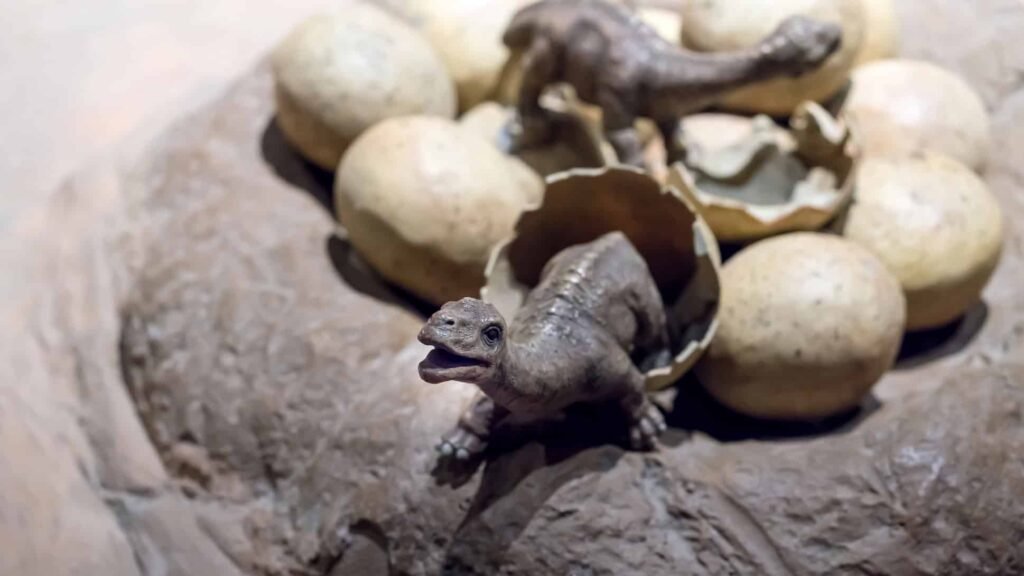
Fossilized dinosaur embryos, discovered in various parts of the world, have been pivotal in studying dinosaur development. These finds, from species like Lufengosaurus in China, provide a rare view into the early stages of dinosaur life, allowing scientists to study growth rates, developmental stages, and evolutionary biology in unprecedented detail.
10. The Chicxulub Crater and Mass Extinction

Perhaps one of the most dramatic insights into dinosaur prehistory is the discovery of the Chicxulub Crater on the Yucatán Peninsula. Found in the 1980s, it provided concrete evidence of a massive asteroid impact 66 million years ago, leading to the dinosaurs’ mass extinction. Understanding this event has been crucial not only for comprehending the end of the dinosaur era but also for the broader discussions on biodiversity and Earth’s ecological vulnerability.
Conclusion
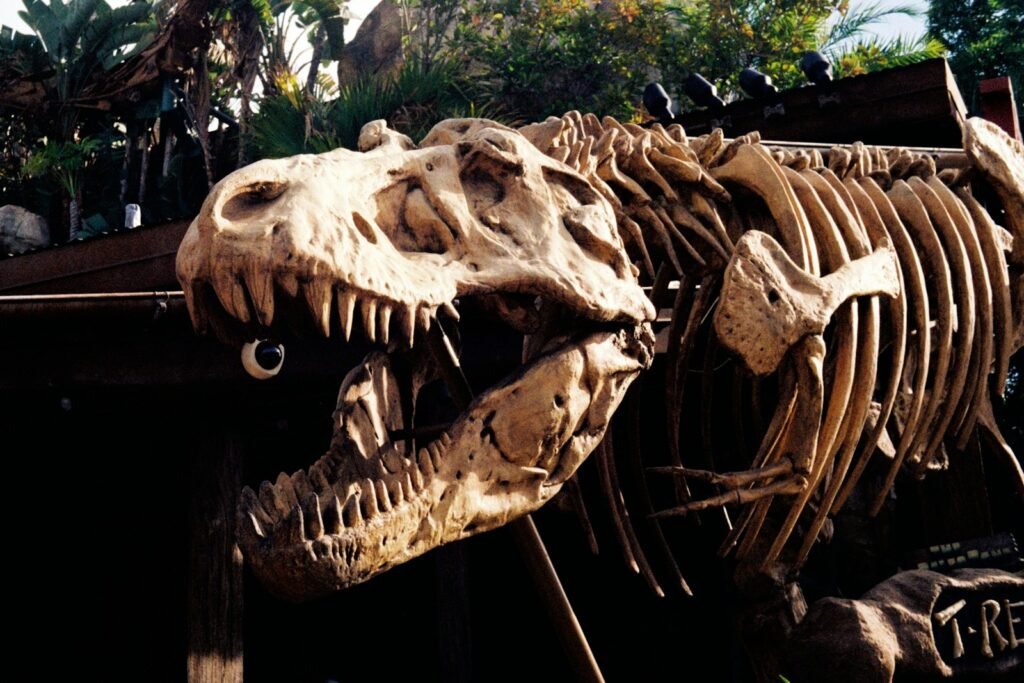
From the first recognition of ancient bone fragments to the revelation of the impact event that ended an era, these ten discoveries have profoundly altered our understanding of dinosaurs. They provide invaluable insights into their biology, behavior, and evolution. As new techniques and technologies continuously refine our search, each discovery brings us closer to a more complete picture of these ancient giants that once dominated our planet. These revelations remind us of the ever-evolving nature of science, where each find holds the potential to redefine our understanding of the past.




